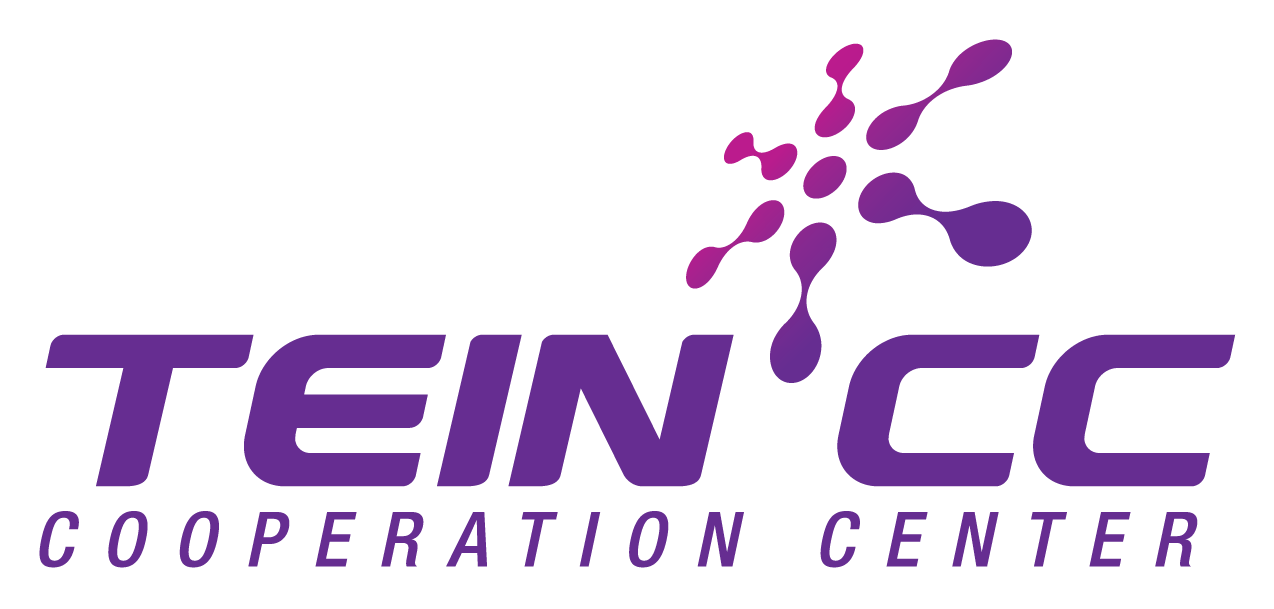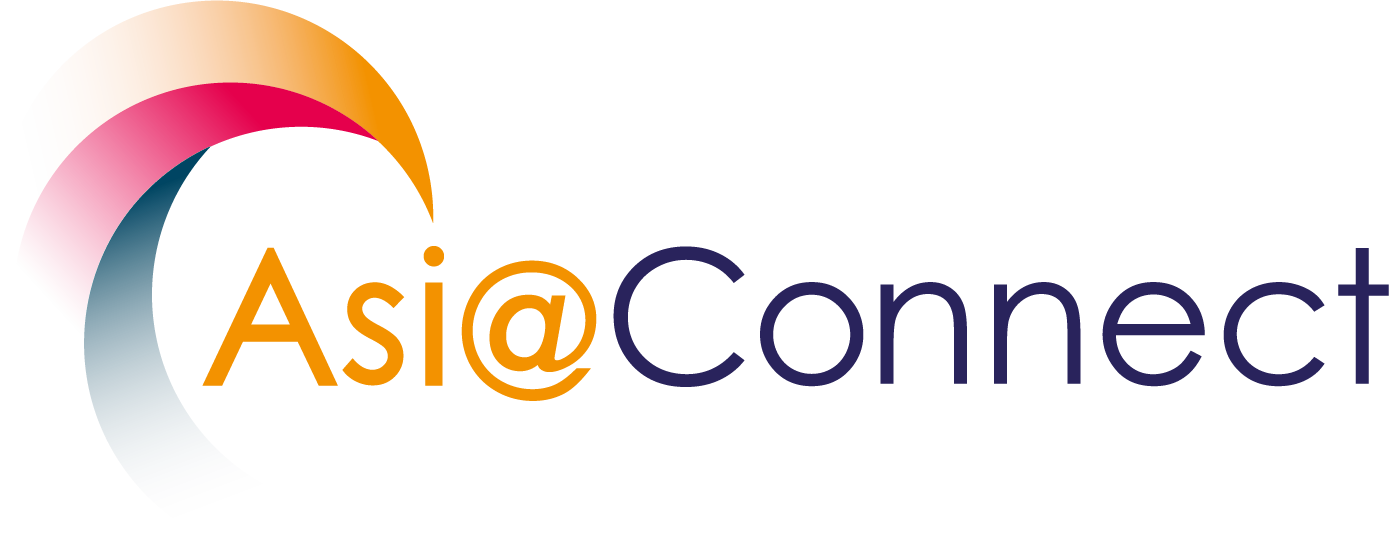Led by TEMDEC at Kyushu University Hospital, this transformative project built sustainable telemedicine capacity across developing countries through systematic training of hospital engineers and collaboration with research and education networks (RENs).
Project Overview
Participating & Beneficiary Countries
Project Objectives
To build sustainable telemedicine capacity across Asia by training hospital and REN engineers through workshops and Train-the-Trainer programs. Our comprehensive approach focuses on:
- Empowering local trainers for long-term sustainability
- Expanding hospital participation in telemedicine networks
- Enhancing REN-hospital collaboration
- Promoting reusable training content
- Fostering cross-border medical-technical exchange
- Standardizing system practices
- Supporting national policy integration
Key Activities Conducted
-
Train-the-Trainer Program (TEMDEC, Japan)
1-month intensive hands-on training on DVTS, H.323, Vidyo systems, and medical equipment. Trainees gained clinical and technical experience and returned to lead national efforts.
-
APAN On-the-Job Training
Engineers participated in real-time support of medical sessions during APAN 44 & 45, learning system setup, troubleshooting, and network integration.
-
Domestic Workshops
Localized training in Philippines (16 participants, 10+ hospitals), Indonesia (40+ participants, 22 institutions), with Vietnam expansion planned.
-
Asia Telemedicine Symposium (ATS)
Annual gathering of engineers and doctors to review progress, discuss technologies, and address technical and clinical gaps.
Key Outcomes & Challenges
Achievements
Enabled telemedicine in 30+ hospitals across Asia, increasing access to remote medical education and collaborative case sharing.
Developed national-level trainers who now lead telemedicine deployment and train other engineers.
Hospitals acquired system setup, testing, and troubleshooting capabilities using DVTS, H.323, and Vidyo platforms.
Strengthened REN-hospital links, aligning network engineers and medical staff for efficient implementation.
Challenges
Remote hospitals often lacked engineers, delaying infrastructure adoption and requiring repeated training efforts.
Weak network connectivity in some areas hindered real-time sessions and reduced training participation.
Many hospitals used incompatible A/V systems, affecting session quality and requiring replacement investment.
Multinational sessions faced communication challenges, reducing effective collaboration during workshops.
Future Directions
Our roadmap for expanding telemedicine capabilities across the region includes:
- Geographic Expansion: Extend training to Bangladesh, Bhutan, Nepal, Afghanistan, and Mongolia
- Localized Instruction: Translate training materials for native-language use
- REN Infrastructure Support: Advocate for improved network access in underserved provinces
- Medical Specialization Growth: Design programs for cardiology, radiology, and infectious disease
- Policy Integration: Promote national-level policies for sustainable telemedicine implementation
Relevant Sustainable Development Goals
Good Health and Well-Being
Quality Education
Industry, Innovation and Infrastructure
Partnerships for the Goals


